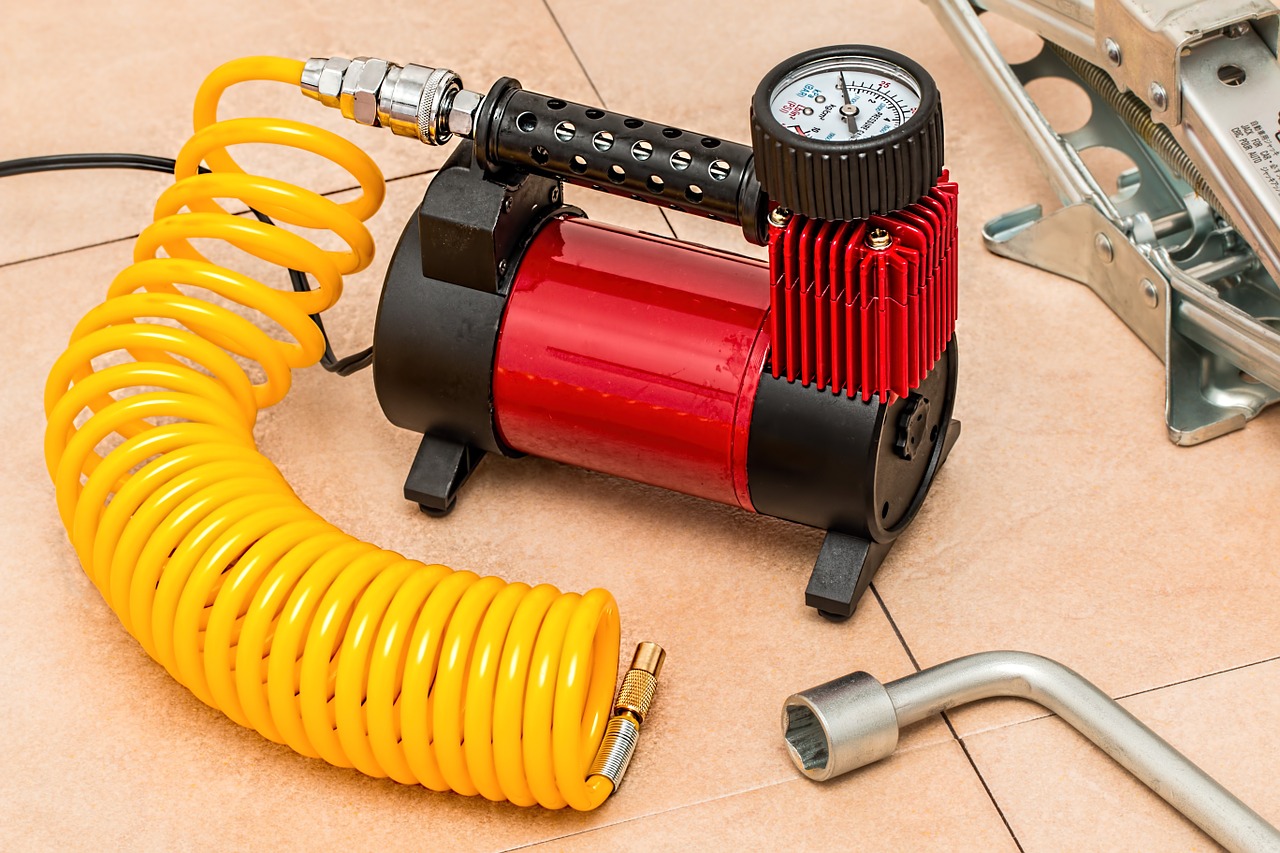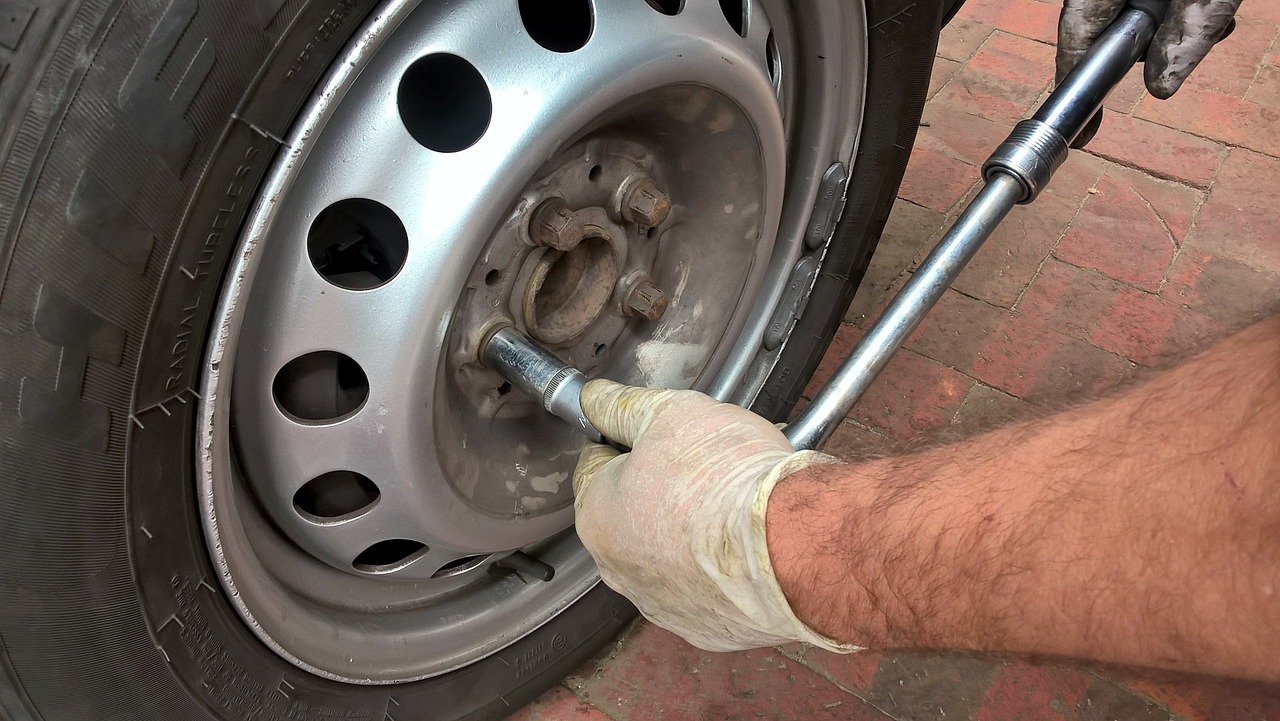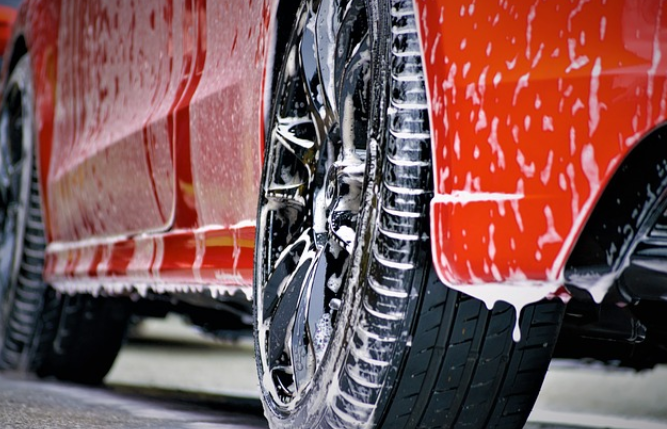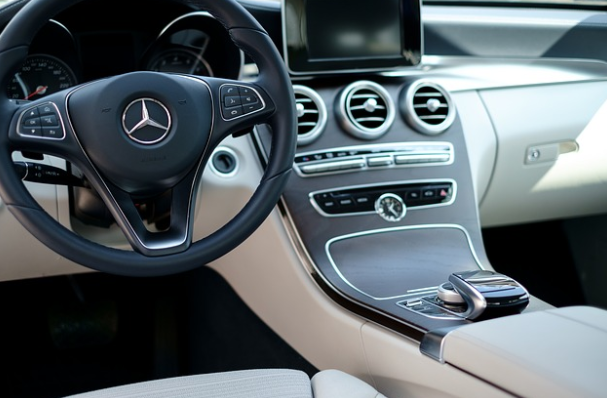Posted on 10/1/2019

Being in and around our cars has become such a critical part of our (and our family’s) lives that it is more important than ever to make sure we are not skipping important steps when it comes to our vehicles. Whether it’s a maintenance step we overlook or downgrading our children’s safety seats too soon, there are some easy ways to help us to remember and to keep everyone safe in the car. Whether your car is on the road or in the garage, it is necessary to always treat it as a potential danger to your child. When not in use, in the driveway or the garage, make sure your emergency brake is engaged. This will help limit the chances of your vehicle rolling away. Locking your vehicle is another simple thing we can do to help keep the little ones safe. Kids like cars, it’s a part of their daily lives, and they’re cool, what’s not to like? So, making sure they can’t get into cars unsupervised is a way to help protect them. Before getting on the road ... read more
Posted on 9/1/2019

As the football season is quickly approaching, so is the tailgating season! Having a good tailgating kit can not only make it more fun but keep you prepared for anything you may need. Here is our tailgating-kit list: Invest in a good cooler, not only does it make your food stay cooler for longer but they are more sturdy. They may cost quite a bit but instead of having to replace your cooler every few years having a great cooler should last for a long time. Have a few extra containers and bags packed, having plastic bags and containers on hand will help make cleanup easier. If you have any leftover food or grilling utensils after the fun, having these around will make it faster to pack up. Bring a pop-up tent, this is a great way to be ready for any weather problems whether it is raining and you want to stay dry or it’s super sunny and you want the shade. A portable grill is an essential item. One of the most famous things about tailgating is the parking lot barbecue. H ... read more
Posted on 8/1/2019

Many people think that December is the best time of year, but according to the hard numbers, it’s August. This is the time of year when the new models are being introduced and dealerships are making room for the new inventory. Dealers spend a lot of marketing dollars to advertise great incentives at year end, but not in August, and that is why there’s a misconception that December is the best month to buy your new vehicle. The new models aren’t on the lots yet in August, but the dealerships are making way for when they arrive which is usually in October, sometimes in as early as September. This is also a good time to put in your special requests for those new models if that’s what you’re after. The lowest transaction prices combined with the best incentives is what makes August the best time to buy a new car. Other recommendations on how to save when buying a new car: The first two days of any month can save you ... read more
Posted on 7/1/2019

Summer is the perfect time for picnics. The grass is nice and green, the weather is warm, and the birds are singing. Packing a picnic lunch often seems like a game of Tetris and requires some preparation in order for it to be perfect. Here is a guide to packing the perfect picnic and don’t forget to pack a blanket. First, you’ll need a blanket to sit on, it’s best to get a blanket with a waterproof side to avoid getting your legs damp from sitting. A classic wicker basket is very aesthetic but doesn’t do the best job of keeping your food cold. Consider using an insulated cooler bag to help keep your food safe. If you don’t have an insulated bag don’t panic, freeze a couple of water bottles to store in your bag. They will keep your food cold and then you will have water afterward. With the warm weather out you won’t want to eat food that has been sitting in the sun for hours. The food is the most important part of the picnic. Prepa ... read more
Posted on 6/1/2019

You gathered and cleaned out old gas receipts, thrown out food wrappers, and even vacuumed your car. You went the extra mile and gave your car an extra long and soapy wash. After all that work you think your car is finally ready for summer adventures to start. It’s not! Everything under the hood needs to be prepared for summer. Cleaning your car is a good start but what about your tires and brakes? When is the last time you got an oil change? It’s best to take your car into your local mechanic before the summer season begins. They will check all your fluids, lights, brakes, and more to ensure that your car is ready for the road. You can do some checks at home, if you see, hear or smell something off then take it into your mechanic. Your air conditioner will make or break your summer, you want it to be working so it can cool you off during those extremely hot days. Run your AC system for a bit to see if it is blowing cold air and noises. It might need to be cle ... read more
Posted on 5/1/2019

Getting yourself ready for a road trip is one thing, getting your vehicle prepared for a road trip is a whole other story. You pack your sunscreen, lotion, a first aid kit to help prevent things like a sunburn. Your vehicle has similar needs like a pre-trip check-up, oil change, and most importantly an emergency kit. No matter how many precautions and vehicle maintenance you have done before your trip, it's not a guarantee that car troubles won’t happen. That doesn’t mean a pre-trip checkup isn’t worthwhile. You should prepare yourself for any situation that might occur during a road trip. You’ve packed luggage for yourself many times before, but it’s essential to pack some extras when traveling by car. Having a roadside emergency kit stocked full and ready to use if an unexpected break down happens makes things less stressful. Here are some things you should include in your emergency kit: At the bare minimum have a blanket, flashlight (make sur ... read more
Posted on 4/1/2019

If you have the skills, knowledge, and tools, then you can fix your car yourself. Most of the population lacks proper knowledge to fix their vehicle accurately. Some things you can quickly fix like changing a light bulb. Other issues can be very challenging and complex; you can’t just watch a YouTube video and do it yourself. A majority of problems require a skilled technician to fix the problem. If you are unsure how to fix something don’t try, it could make the problem worse. There are some minor issues that you could fix yourself and save a few dollars. These issues are generic and don’t involve messing with your car’s engine, wiring, or motor. Some people find it easy to change out their air filters and windshield wipers. All it takes is a quick trip to the automotive store and 5 minutes to replace. Another fix that you can do at home is a tire replacement. If you have a jack and some patience you can order new tires right to your house and do ... read more
Posted on 3/1/2019

Springtime is a great time for cleaning! As part of your car maintenance this spring, maybe the best place to start is with cleaning your car. It’ll make you feel better just looking at it. Not to mention how you will feel pulling up at the parking lot of your kids' school next to all the dirty cars around you. This is also a great way to get rid of the salt and other chemicals that were used on the winter roads. Leaving them there can lead to rust, and that is never a good thing. Once that is done, you can focus on the car maintenance items that will help you save money in the long run and keep your car running on optimum levels. Here are six simple tasks to help your car transition from winter to spring: Check all the fluids. Check with your trusted partners at Brown Motorworks in Columbia to know what the best ones are to change out. Oil, for example, acts differently depending on the season. It might be time to change to a different weight. Before the spring rain ... read more
Posted on 2/1/2019

Ah, February! Time to shower the car lovers in your life with gifts from the heart. Whether you are on a tight budget or have money to burn, here are a few Valentine’s Day gift ideas for the car lovers in your life ... read more
Posted on 1/1/2019

Maybe you are diligent about creating your resolutions every year, but what about your car? After all, your car gets you safely to work, school, and shopping, as well taking you on vacations, too! Why not have a few automotive New Year’s resolutions? Regular Services This could be the year that you stay updated on regular services. Why not start the year with that resolution in mind? Instead of waiting until there’s smoke coming out of your engine or you’re waiting for the towing service on the side of the road, think of how much better you’ll feel if you have regular services! Preventive Maintenance Preventive maintenance is a lot like regular service. Having your fluids checked regularly is critical to how your vehicle runs. You may need to top off your oil between regular services, or you can bring your car in, and we can do it for you. Make sure all those hoses are tight, and the belts are replaced when they need to be. And don’t forget ... read more